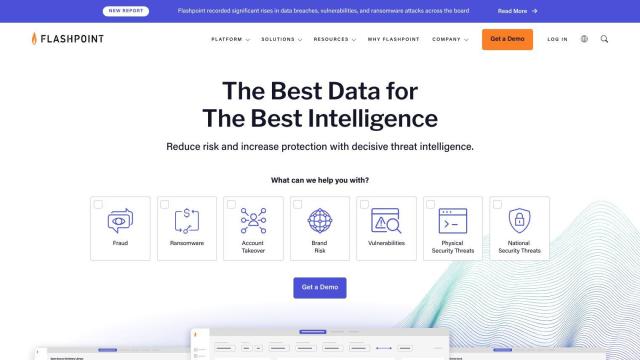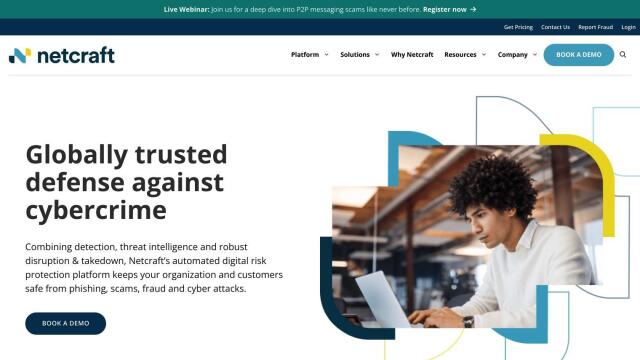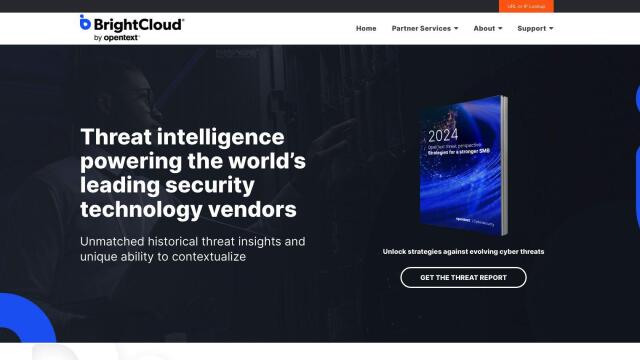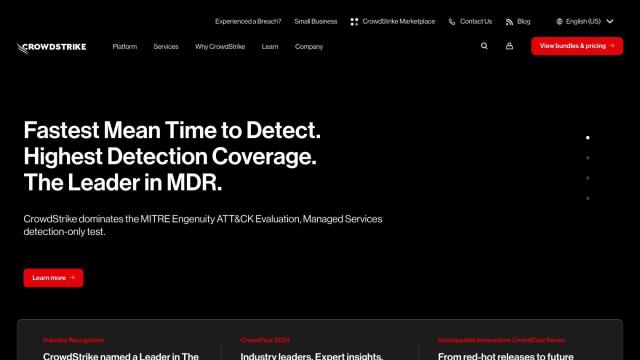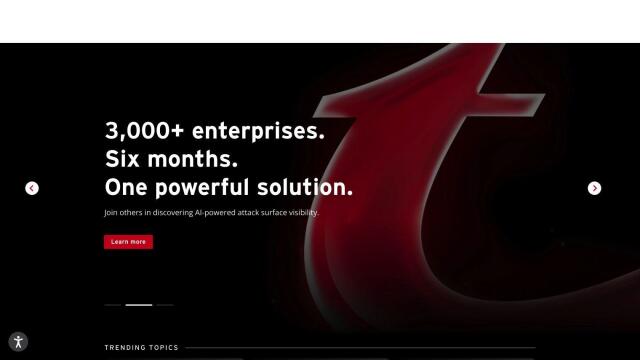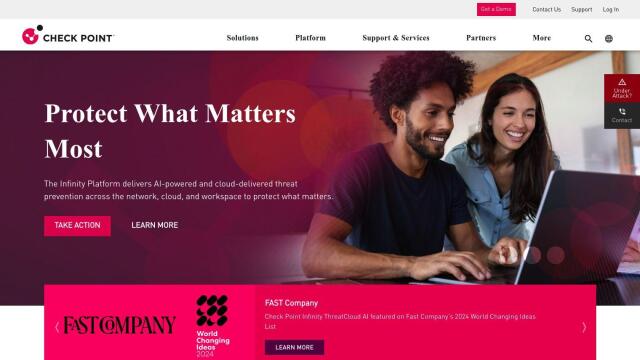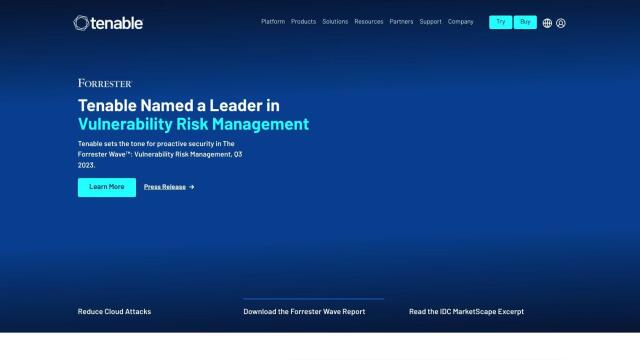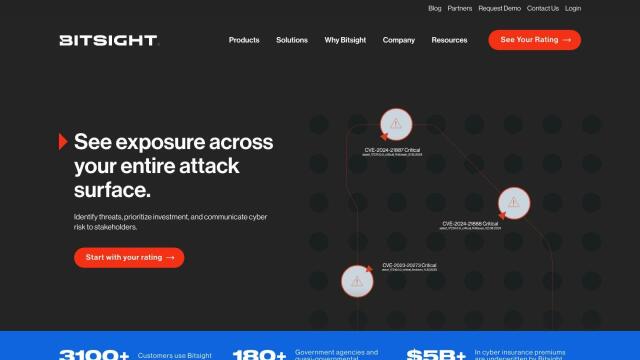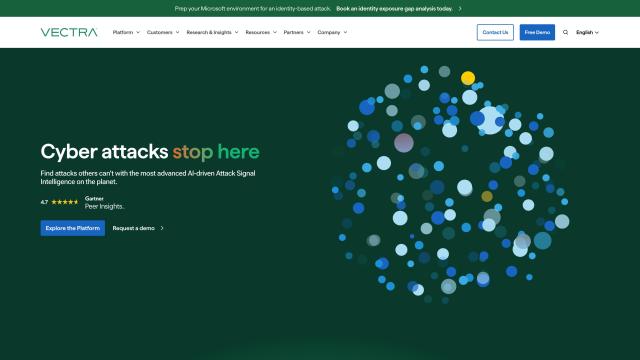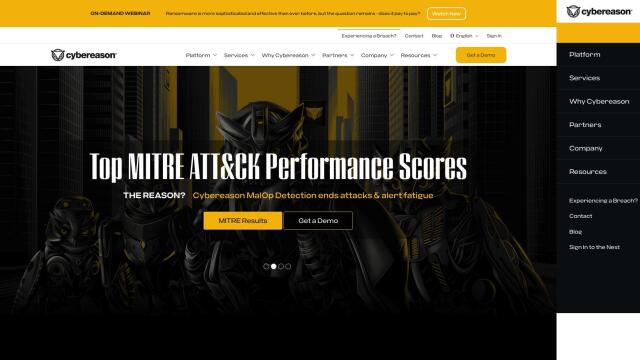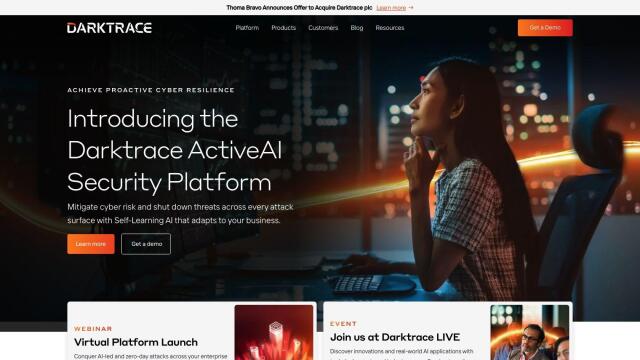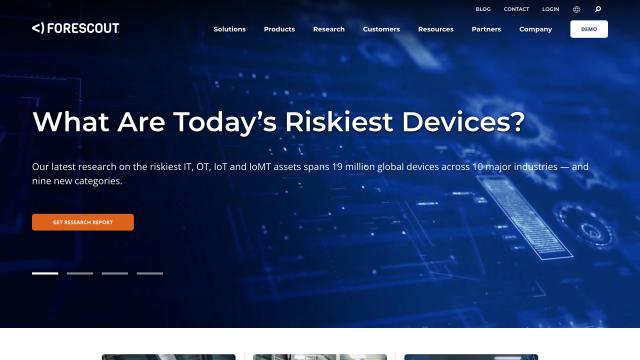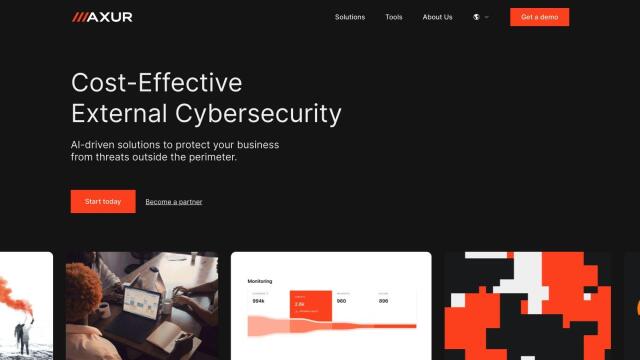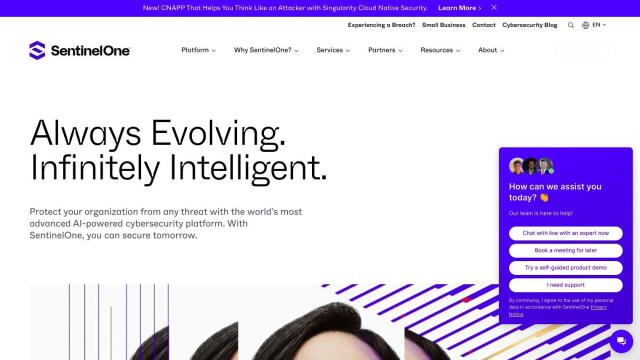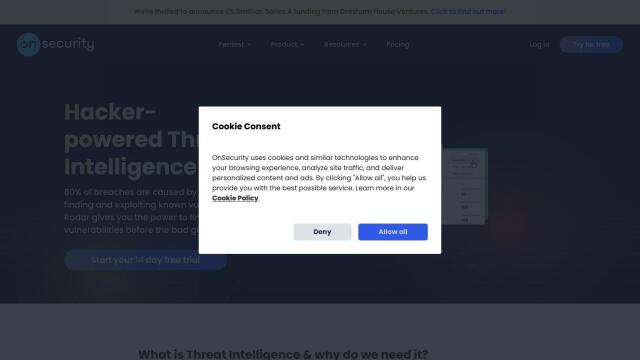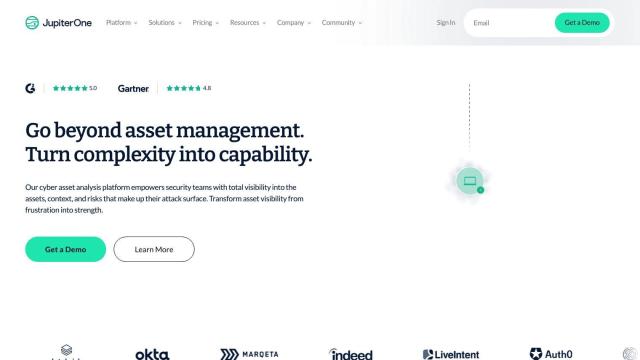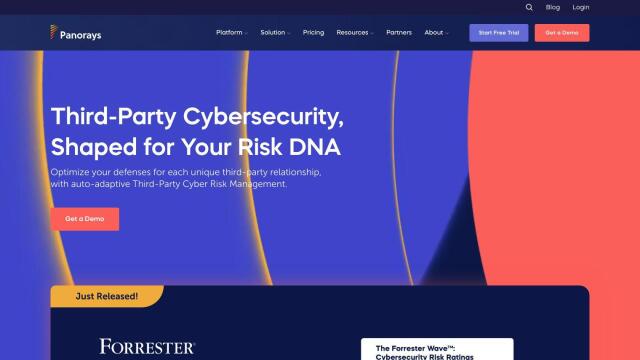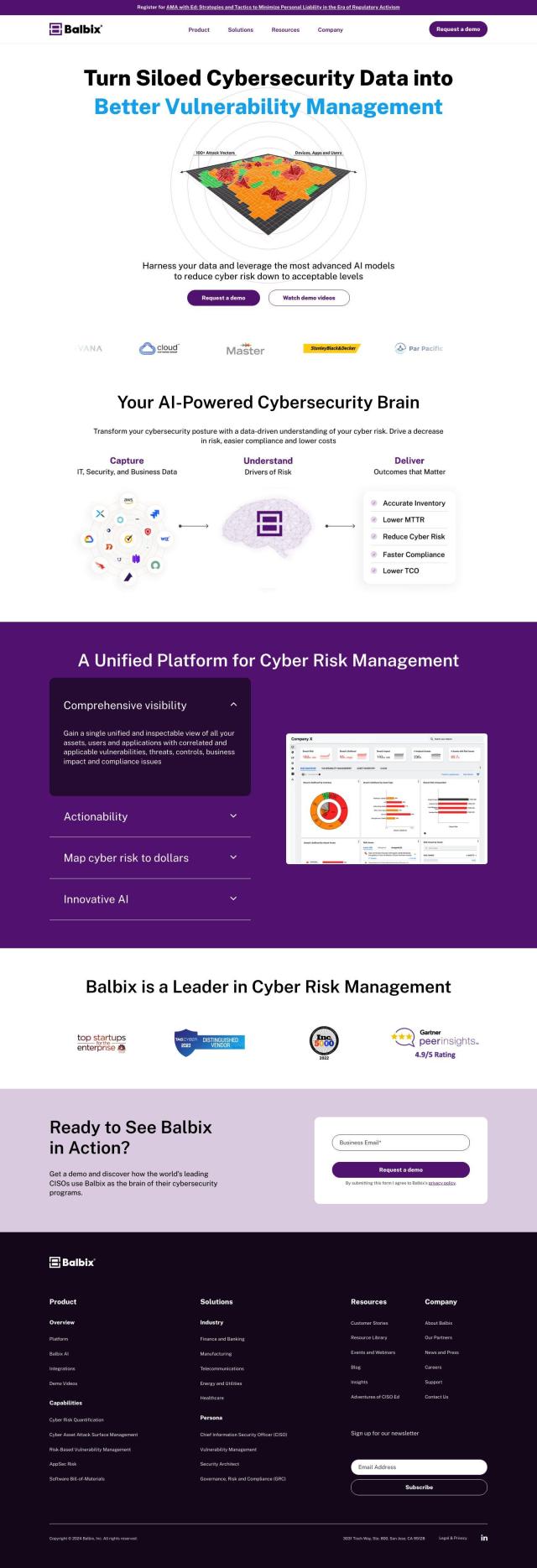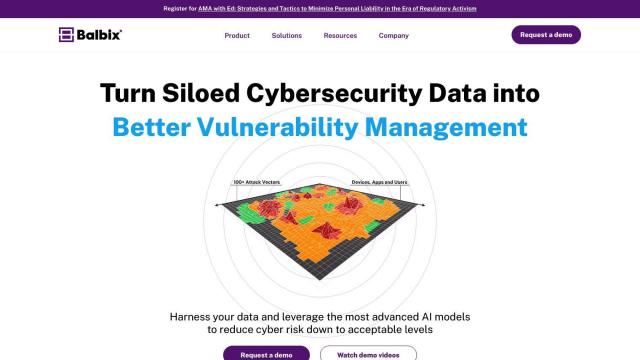Question: Do you know of a solution that offers comprehensive internet scanning data to detect emerging threats?

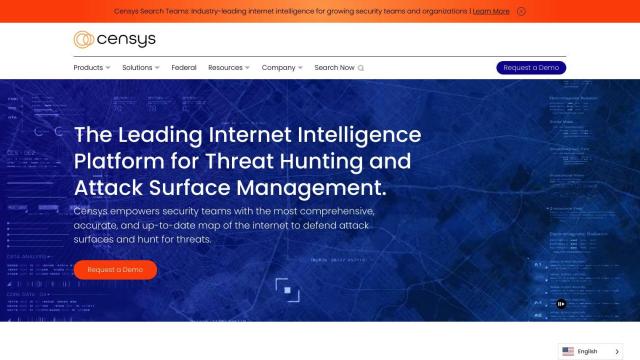
Censys
If you need a service that can help you spot emerging threats by providing lots of data about what's on the internet, Censys is a good choice. It offers a rich view of internet-exposed assets, including connections, configuration and threat data. That can help you find and fix problems, for example with a mapping of the entire internet, contextual information for real-time situations, accurate attribution and a constantly monitored attack surface. Censys offers Single Sign-On (SSO) and API integration so it fits into your existing workflow.

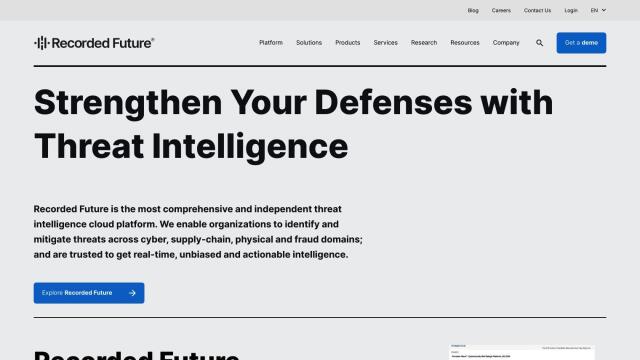
Recorded Future
Another good choice is Recorded Future. It offers real-time threat intelligence to customers in the cyber, supply-chain, physical and fraud realms. Its Intelligence Graph ingests and processes data from the dark web and open web to provide customers with insights they can act on to improve security. Recorded Future also offers ransomware mitigation, automated security workflows and supply chain risk management.

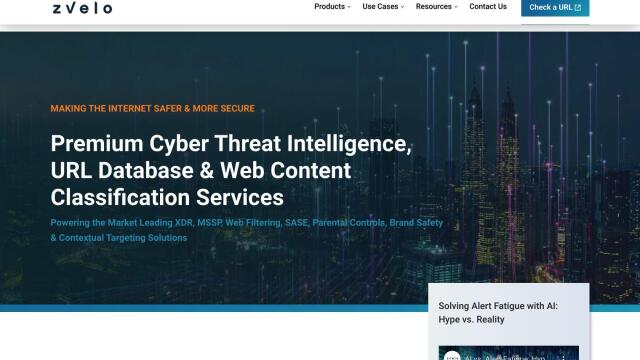
zvelo
If you want the highest visibility and highest accuracy, check out zvelo. It offers AI-based threat detection and URL classification services based on data from more than 1 billion users and endpoints. zvelo's threat intelligence feeds offer high-veracity data on phishing and malicious IOCs, making it a good choice for Extended Detection and Response (XDR), Managed Security Service Providers (MSSPs) and other cybersecurity use cases.

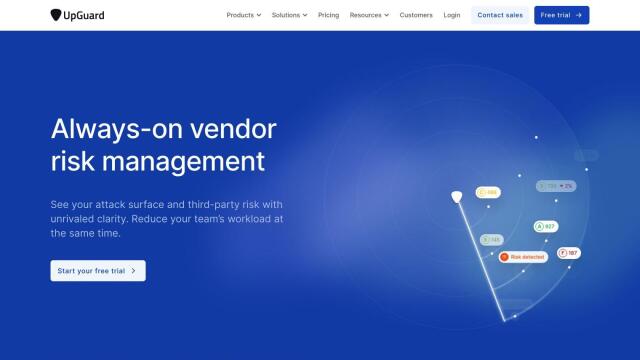
UpGuard
Last, UpGuard offers third-party risk and attack surface management. It constantly monitors millions of companies and billions of data points, and it can scan domains, IP addresses and other external assets in real time. UpGuard's platform includes features like data leak detection, real-time alerts and industry-leading security ratings, making it a good choice for third-party risk management and overall security posture.

